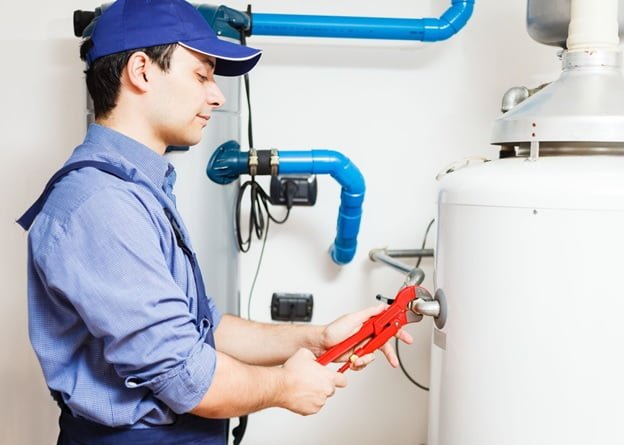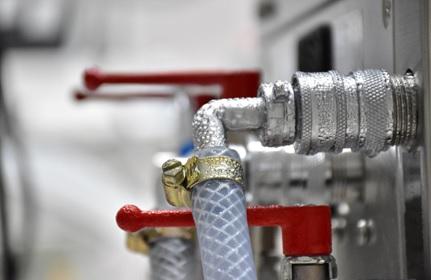
Water damage can result from several natural disasters and can be incredibly dangerous. If not treated properly, it can spread quickly and lead to severe issues for homeowners.
Skilled water restoration technicians use moisture meters, air movers, and dehumidifiers to restore flooded homes.
Moisture Meters
Moisture meters are an invaluable tool for water damage restoration companies to use for various reasons. They allow them to determine the status of wood and other materials so that they know whether it is safe for a homeowner to begin work on painting, staining, or other household tasks. Moisture meters also help them accurately document the extent of flood damage for insurance claims so that the property owner gets the appropriate coverage and compensation from the insurance company. Learn more about the essential tools and equipment every Fire Restoration Company Denver needs to thrive.
Pin-type moisture meters have sharp needle-like pins inserted into the material to measure the electrical resistance between the pins and determine their moisture content. Pinless moisture meters have flat scanning plates that can be moved across a surface to read the average moisture level for that material.
These meters can also be used to check the moisture levels in a concrete slab. Some thermo-hygrometers do not penetrate a surface but instead provide readings on the overall humidity in a room or at a particular depth in a concrete slab.
High-Volume Water Pumps
Water pumps are essential for helping clean up and dry out flood damage. They can be used to remove standing water from a property and help to control mold growth. They can also be used to remove debris and silt from flooded areas.
KSB pumps are durable, energy efficient, and require minimal maintenance. They feature lifelong permanent lubricated bearings, built-in thermal overload protection, TEFC, and a capacitor start. They are available in various head lifts and flow rates and can handle corrosive chemicals and oils.
Irrigation water pumps are essential for farmers who must pump up underground aquifers consistently and at varying pressure levels throughout the plant’s growth cycle. They can also be used for healthy water pumping to prevent contamination from groundwater that is moving through the soil and into drinking water supply systems or recreational lakes and rivers. A typical application for this type of water pump is the “pump and treat” method, designed to clean up contaminated groundwater and control contaminant plume migration.

Air Scrubbers
Air scrubbers are a great addition to any water damage restoration company’s tool kit. These devices work alongside dehumidifiers to help clean the air and reduce unwanted bacteria after water damage. They are also great for homes with anyone who has asthma or allergies. They can remove up to 99% of airborne pollutants like dust, mold spores, pet dander, and pollen.
They can also reduce odors and VOCs with carbon filters. VOCs are harmful chemicals and gases produced by paint, cleaning products, and manufacturing processes. These can cause problems for workers, occupants, and neighbors. They can also contribute to sick building syndrome.
To adhere to the Institute of Inspection, Cleaning and Restoration Certification (IICRC) S500 Water Loss Restoration Standard, water damage companies must use an air filtration device during a water loss job. This helps prevent the spread of contaminants and allows technicians to operate in the space safely.
Air Movers
Air movers help speed up the drying process by blowing air across the surface of a material. They also help move humid air to dehumidifiers, creating drier conditions on restoration sites. Some have low profiles that allow them to reach spaces like cabinets and high ceilings.
Moisture meters are essential for water damage restoration professionals because they tell them how wet a material is and where it needs to dry out. They have pins or electromagnetic sensors that read the level of moisture. Some moisture detectors even have two functions, allowing them to measure and identify the location of structural damage.
Scrubbers remove odors and pollutants from the air to ensure it’s safe for everyone on a restoration site. They suck these contaminants through a filter so they don’t spread to other parts of the home or business. Self-propelled dump containers make it easy to transport large amounts of debris, including drywall and wood, to an onsite bin for disposal.

1 thought on “Essential Equipment and Tools for Effective Water Damage Restoration”